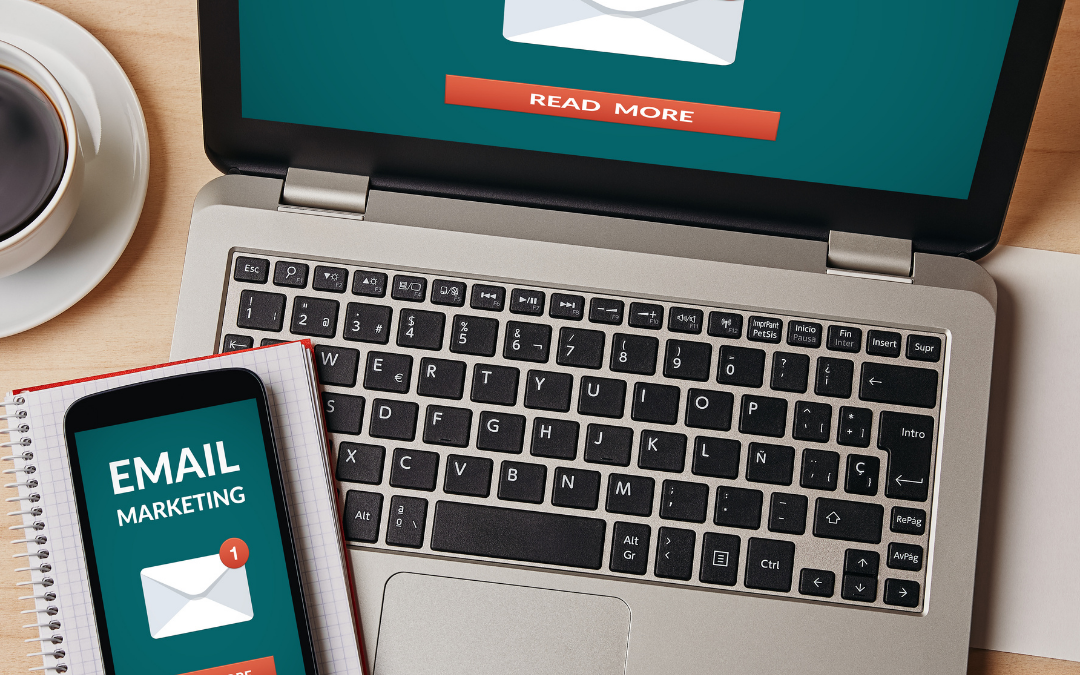
10 Tips for Effective Email Marketing
In the first post of this series on email marketing, I shared that your email’s content has a direct impact on conversions. Even with a great offer and compelling subject line, you won’t get very far if your copy isn’t well written. Here’s 10 tips to consider when creating a marketing email.
- They are personalized. Personalization can increase click through rates by up to 96%. When you send your emails from a company-branded domain name or use the recipient’s name within the copy, you’re going to see better results.
- They are mobile friendly. Since 85% of us check emails on a smartphone or tablet, it’s important that our email is formatted for easy reading on these devices. This includes short paragraphs, read more links, and sub-headers for skimming through.
- They include an enticing offer. Subscribers want to know WIIFM: what’s in it for me. So make it about them! Create a juicy offer they can’t refuse. And bonus: reward repeat customers by offering referral rewards or other bonuses.
- They have unique and interesting subject lines. One of the most critical components of a successful email campaign is the subject line. The inbox is a busy place and you want your email to stand out from the noise. A well-crafted subject line can help get your email opened.
- They include promotional codes or exclusive offers. If you’re offering an incentive, provide information on how to redeem it (offer codes, discount links).
- They are timely. Watch your analytics to see what days and times you get higher open rates and schedule your future emails accordingly. Try A/B testing if you don’t already know your best days/times to send.
- They have an inviting design. I’ve touched on this in previous blog posts (like here and here) and we all know that the more visually appealing your email is, the more clicks you will get – especially when it comes to click throughs for mobile users.
- They include images and videos. Including images and videos are proven ways to get more clicks because they appeal to the sense of sight, not just words. Research shows that including a video in an email campaign can increase CTRs by up to 60%!
- They have a compelling call-to-action. A call-to-action is what you want your reader to do when they’ve finished reading the content within your email – whether it’s to visit a website, download an app or make a purchase. If you can communicate that to them right away, you’ll get better results.
- They are targeted to the right audience. Segmenting your audience and creating content just for them can increase your conversion rate by 760%. Segmentation is basically grouping your list based on specific criteria. You can segment your email list based on demographics, location, level of email engagement, previous purchases, and more.
Takeaway: When designing your marketing emails, follow best practices for design and copy you’ve learned in this article. Be consistent with your style and ensure every email sent by your company looks professional.






![constant-contact_logo_horizontal_white_orange_1000px-wide[1]](https://www.melaniediehl.com/wp-content/uploads/2021/08/constant-contact_logo_horizontal_white_orange_1000px-wide1.png)